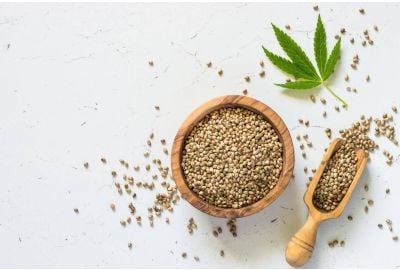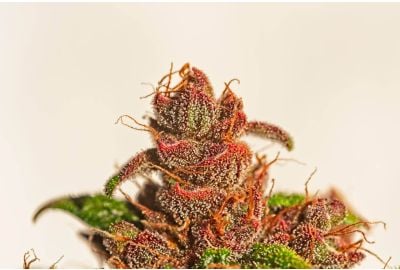Everything You Need To Know About Cannabis Pistils
If you’re growing marijuana plants, you may notice hair-like growths developing on the calyxes. These are cannabis pistils, and you’ll be amazed at how much they can tell you about your weed crops.
Discover how to determine marijuana plants’ genders by inspecting the pistils in their early life cycles and why they’re important. Learn how the different colors can help you identify when they’re ready for harvest in the late flowering stage.
Find out everything about cannabis pistils here and why identifying them is an important skill for marijuana growers.
What are pistils on weed?
A pistil is a female cannabis plant’s reproductive organ located in the center of a flower. Its main functions are to produce seeds and receive weed pollen.
A weed pistil contains three parts—an ovary, a stigma, and a style. They resemble thin, long hairs emitting from the calyx of flowers in marijuana crops. Pistils on a weed plant usually develop during the early vegetative stage.
The pollen from male cannabis crops can pollinate female marijuana pistils. As a result, feminized plants will divert their energy into producing seeds rather than resinous flowers.
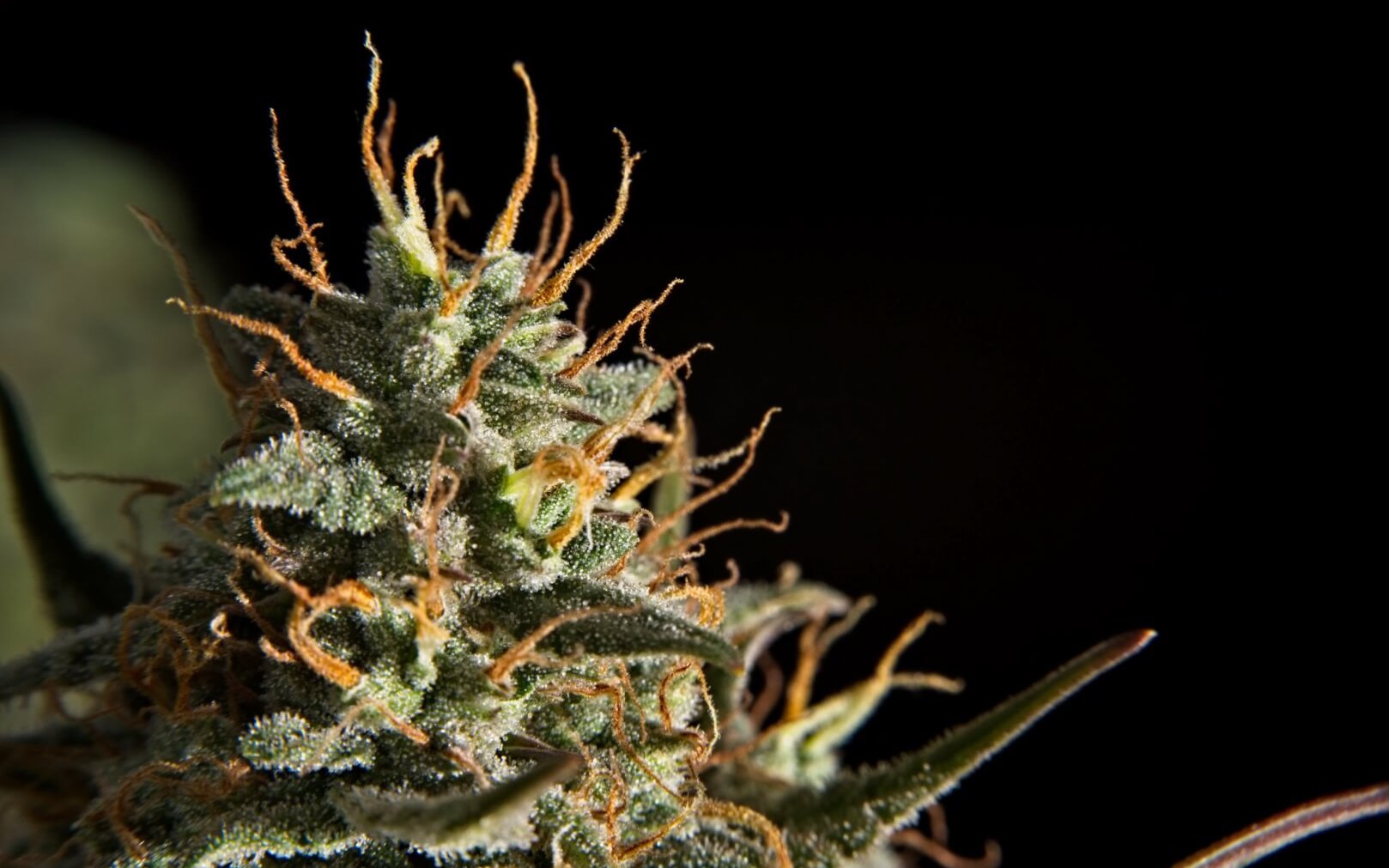
The importance of the cannabis pistils
Cannabis plant pistils are very important because they help us determine the genders of our marijuana crops. They also indicate the ideal time for harvesting during the late flowering phase.
Let’s look at what pistils are and gender identification in marijuana crops and the importance of pistil development in young and mature cannabis plants.
Sexing plants via the pistil on cannabis
Sexing via the pistil on a weed plant is a simple technique to determine the genders of your weed shrubs. If you observe cannabis pistils on your crops in the early vegetative cycle, congratulations are in order! You have female plants.
Most growers buying cannabis seeds in the US opt for feminized variants. These weed plants usually produce the THC-rich buds we all know and love. Marijuana crops can develop into three sexes—male, female, and hermaphrodite (intersex).
Male weed crops grow pollen sacks that swell and burst and can pollinate your female plants if they’re nearby. Female and hermaphrodite marijuana shrubs display cannabis pistils, but the latter can develop male sex organs or ‘nanners’ to impregnate your ladies.
Other factors may trigger the development of nanners in your ladies. Light and heat stress can induce sex changes in female crops. It’s important to monitor them during their flowering phase to help prevent hermaphrodite marijuana plants from forming.
Weed pistils & young cannabis plants
It’s common knowledge among cannabis cultivators that male crops usually develop flowers sooner than females. Most experienced growers can identify male and female plants through pistil observation around 4–6 weeks after germination.
Pay close attention to the crops during the start of the vegetative stage for signs of pistils. Early cannabis pistils are obvious and develop near the top of the marijuana plant. They can also protrude from random nodes, so inspecting all of your weed shrubs is crucial.
Pre-flowers usually develop alongside stipules that look like green hairs. Stipules lead to leaves and not flowers, and some weed cultivators may confuse them for marijuana pistils. It may take up to 8 weeks to distinguish females from males in the vegetative stage.
Cannabis pistils & mature cannabis plants
Marijuana plants from autoflower and fast growing weed seeds tend to flower faster than feminized and regular crops. As a result, the cannabis pistils emerge from the flowers and quickly change color. They move from snowy white to sunset reds and oranges in a matter of days.
The colors of your cannabis pistils are a great indicator of how your feminized marijuana plants are progressing in their flowering phase. There are three key flowering stages:
- Early flowering stage: The pistils on cannabis are usually white on your marijuana crops before they start turning into different colors.
- Mid-flowering phase: Different hues begin to develop, and your cannabis plants start showcasing red, orange, or pink pistils.
- Late flowering stage: The weed pistils develop more striking and deep red, amber, and brown colors.
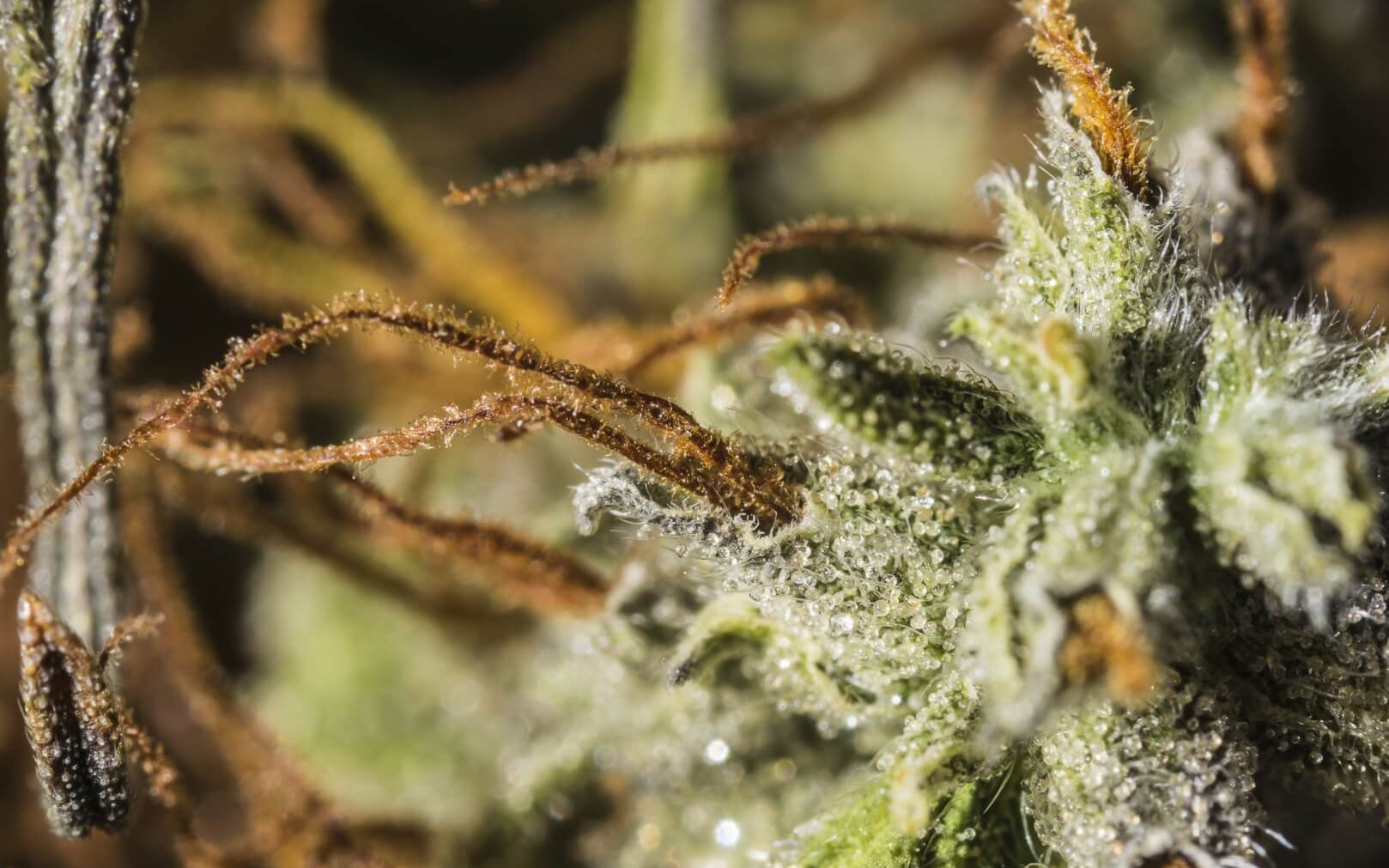
How can pistils on a weed plant help with harvesting?
Marijuana pistils are an excellent visual aid to determine when your weed crops’ buds are ready for picking. In the late flowering stage, the naked eye can easily spot the colorful pistils protruding from female cannabis plants.
When observing weed pistils, many cannabis cultivators call time on their marijuana crops’ life cycles depending on their colors. Your flowers aren’t ready for harvest if the pistils on plants are still white or have pale orange or pink shades.
Exposure to nighttime allows the cannabis pistils to turn richer and deeper in color. When ¾ of the pistils are red, orange, or brown and start curling inwards, it’s time to harvest those buds.
Cannabis plant pistils and other indicators like sticky buds and shimmering trichomes are great tools for determining when harvest time is here.
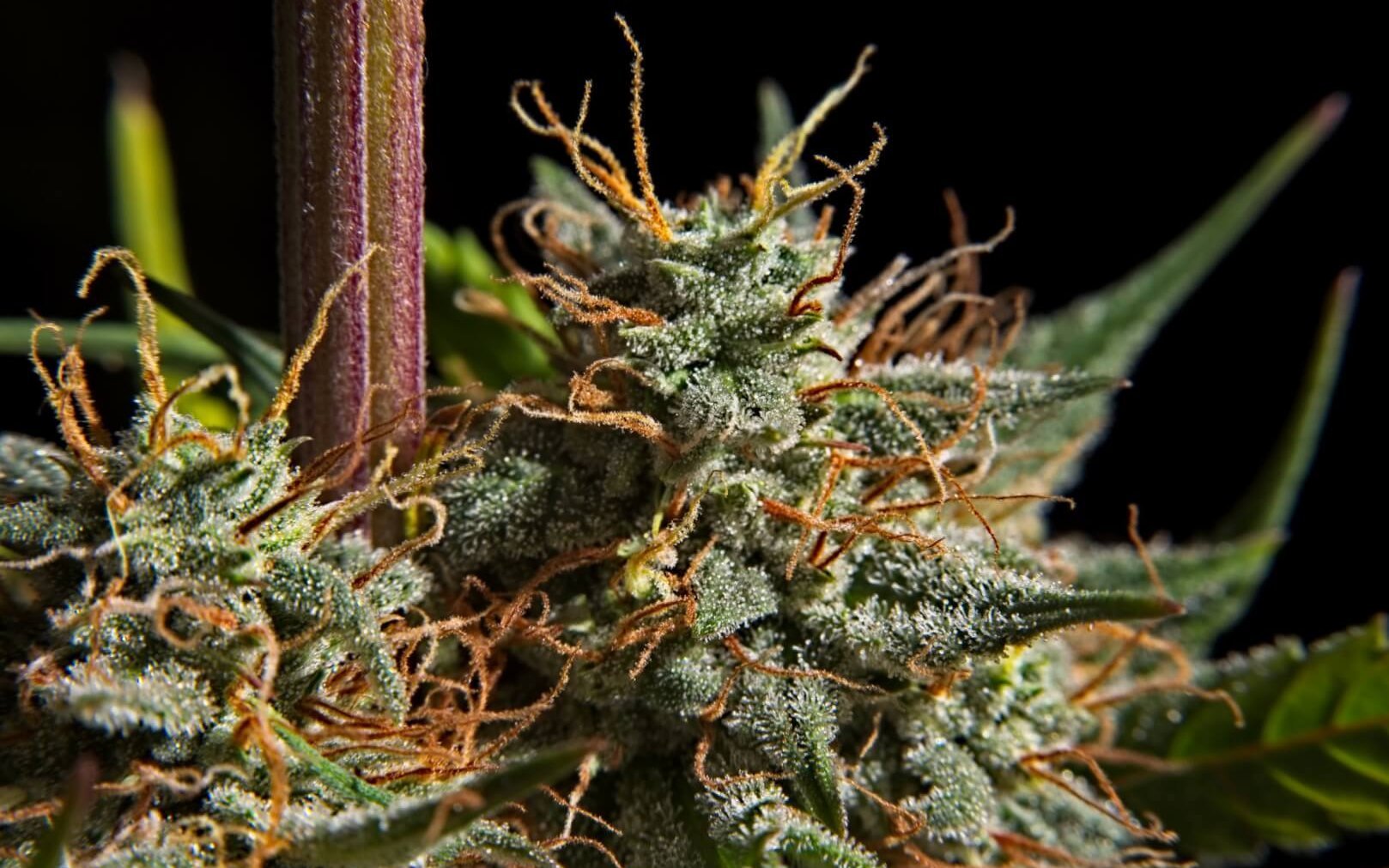
Weed pistils: important indicators of your plants’ progression
Cannabis pistils are an invaluable part of a weed plant that helps us distinguish their genders. They’re important to marijuana breeders and cultivators who wish to segregate male and female shrubs or pollinate them to create new strains.
The weed pistils’ changing colors also help us observe a plant’s progress during the flowering cycle. The beautiful red and orange hues inform us when to harvest and contribute to cannabis bag appeal.
We at Homegrown Cannabis Co. know all about growing marijuana and how you can get the best out of your cultivating experience. Keep updated with our blogs from expert legends like Kyle Kushman and Steve De Angelo and discover everything important about weed cultivation.
